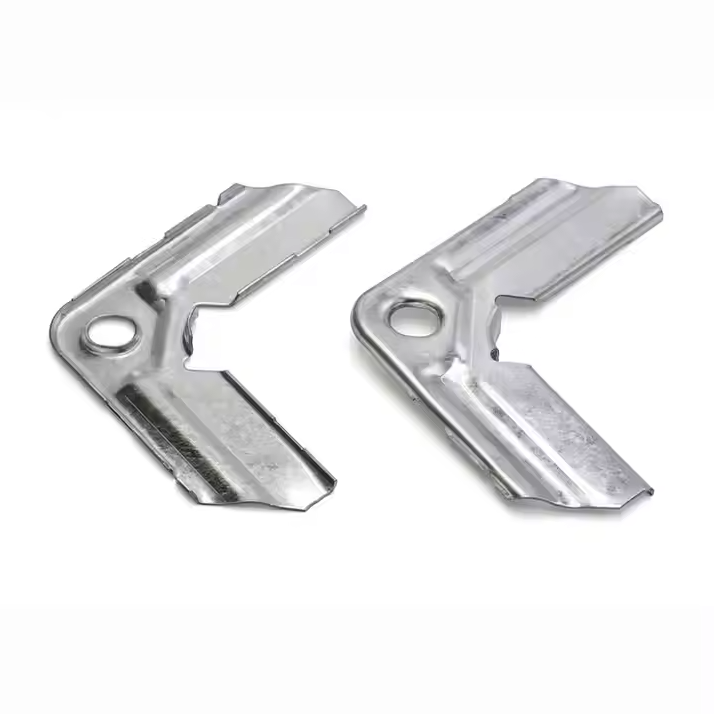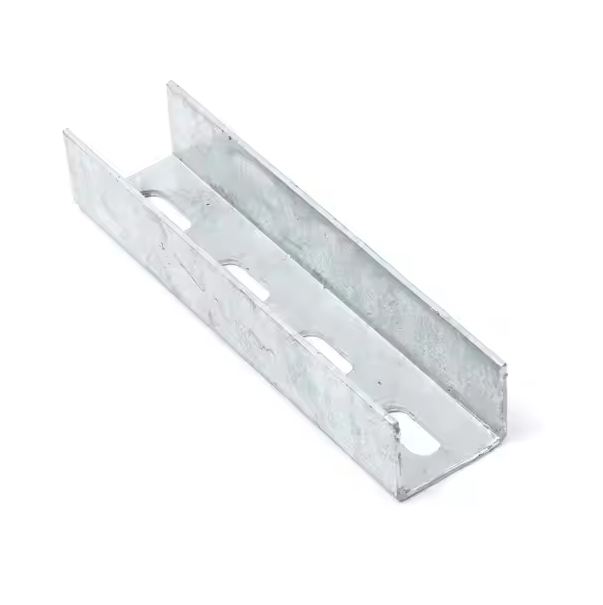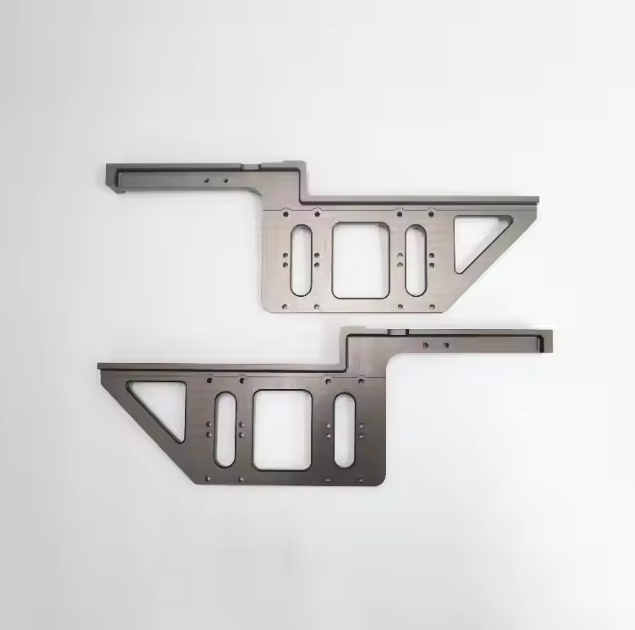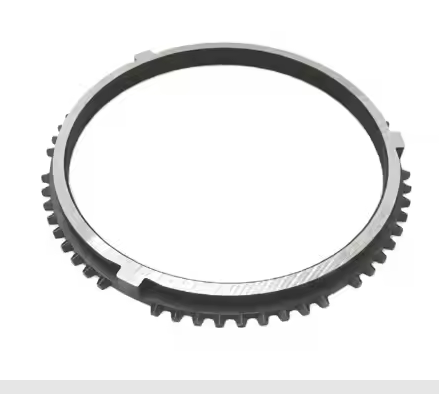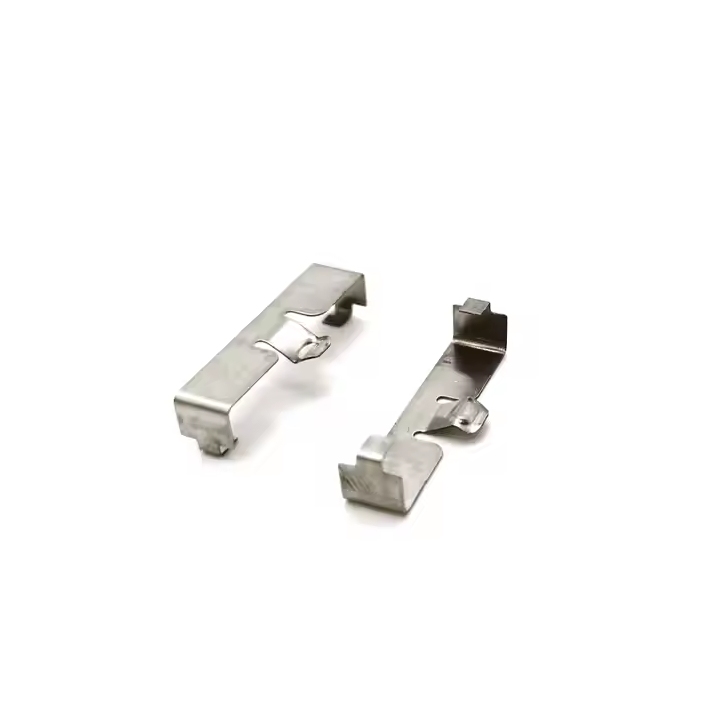Anodized aluminum has a variety of colors, and can be adjusted through the process to meet a wide range of applications from industrial use to decorative needs. Choosing the right color requires comprehensive consideration of product use, material properties and process conditions to achieve the best combination of appearance and performance.

Anodizing Aluminum Concept
Anodizing is an electrochemical treatment process that forms an oxide layer by immersing a metal material (usually aluminum) in an acid solution and applying an electric current. Anodizing aluminum forms a dense oxide film on the surface of aluminum through electrochemical treatment. This film not only enhances the corrosion resistance and hardness of aluminum, but also allows a variety of color options through dyeing technology.
Common anodized aluminum colors
Natural color (colorless and transparent)
The natural oxide film formed by pure oxidation process has a color close to the original color of aluminum and a slightly matte effect.
Silver
The most common color, retains the metal texture, suitable for high-end electronic devices and decorative purposes.
Black
Widely used in electronic equipment, optical instruments, automotive parts, etc., providing low reflection and wear-resistant surface.
Gold
Used in high-end decorations and building materials, showing a luxurious effect.
Gray
Including light gray and dark gray, suitable for industrial design style, low-key and full of technology.
Bright colors such as red, blue, and green
Used in decoration and consumer electronics, such as camera housings, sports equipment, etc.
Rose gold, champagne
Used in fashion products and home decoration to create a warm and elegant visual effect.

Factors affecting the color of anodized aluminum
Material composition
High-purity aluminum (such as 1050, 1100 series): suitable for transparent or light-colored anodizing, with uniform color.
Aluminum alloy (such as 6061, 7075 series): Due to the presence of elements such as silicon or copper, the color of different batches may vary slightly.
Anodizing process
Oxidation time:The longer the time, the thicker the oxide film, and the more obvious the dyeing effect, but too thick may affect the transparency and color vividness.
Electrolyte concentration and temperature: affect the generation rate and surface porosity of the oxide film, thereby affecting the color adsorption effect.
Dyeing technology
Organic dyeing:A variety of color options are achieved by adsorbing organic dyes, with bright colors but weak UV resistance.
Electrolytic coloring (inorganic dyeing):Metallic tones (such as silver and gold) are obtained by electrolytic deposition of metal oxides (such as tin and nickel), with stable colors and strong light resistance.
Mixed dyeing:Combining organic and inorganic dyeing to obtain rich colors and high weather resistance.
Surface treatment
Polishing: Improves gloss and makes the color appear brighter.
Sandblasting: Creates a matte effect on the surface, which looks low-key and has a strong texture.
Sealing
Hot water or steam sealing after anodizing can fix the color and improve corrosion resistance, but it may also slightly affect the color saturation.
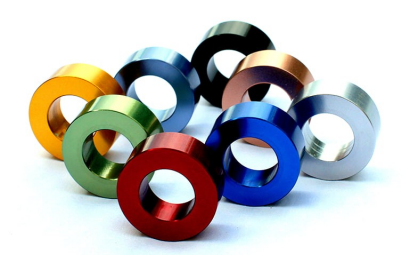
Notes on anodizing color selection
Consistency requirements
Different batches may have slight color differences, especially in large-area decorative materials, process parameters must be strictly controlled.
Weather resistance
For products used outdoors, inorganic dyeing or mixed dyeing is recommended to improve light resistance and corrosion resistance.
Cost and process
Multiple color options will increase dye costs and process complexity, and appropriate colors need to be selected based on budget and product positioning.
Surface protection
Some colors are sensitive to surface damage (such as black is easy to show scratches), so wear-resistant coatings can be added or matte treatments can be used.
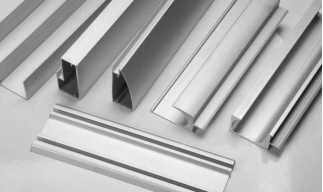
Application fields of anodized aluminum colors
Consumer electronics
Mobile phone housings, laptops, headphones, etc. are commonly used in silver, black, gray and gold.
Automotive industry
Interior and exterior decorative parts (such as wheels, luggage racks, pedals) are mainly black, silver and gray.
Architectural decoration
Aluminum alloy curtain walls, window frames, decorative panels are mostly natural colors, champagne or gold.
Household items
Lighting, kitchenware, furniture accessories, bright colors such as red, blue, and elegant rose gold are used.
Industrial equipment
Machine parts and instrument housings are mainly silver, black, and gray, highlighting functionality and durability.
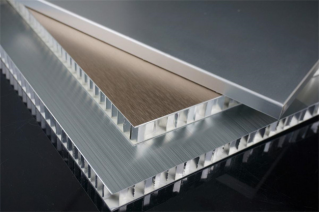
Anodized aluminum has a variety of colors, and can be adjusted through the process to meet a wide range of applications from industrial use to decorative needs. Choosing the right color requires comprehensive consideration of product use, material properties and process conditions to achieve the best combination of appearance and performance.
For the best quality and cost-effectiveness, Xuanmin becomes your trusted choice. We excel in aluminum anodizing and other surface treatment services. Our experts combine their expertise with our cutting-edge technology to provide comprehensive solutions for different applications. Xuanmin is committed to quality and cost-efficiency, ensuring customer satisfaction through its expertise and reliable services. Contact us! Let's get to work!
